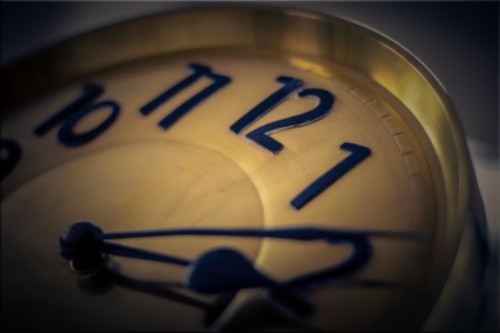

- © 2003 - 2025 Dynamix Productions, Inc. Contact Us 0



"Shh! Listen! Someone's coming! I think -- I think it might be us!"
J. K. ROWLING, Harry Potter and the Prisoner of Azkaban
Imagine if we could time travel without changing history. If we could go back 50 or 100 years would people view our technology as magic? If we were visited by time travelers from the future, would their technology be magic to us?

“Even if you're on the right track, you'll get run over if you just sit there.”
Will Rogers
It's said that when an early motion picture was first shown to the public, women fainted and men ducked from an approaching train. The director made a bold new decision that would alter the course of filmmaking for the next century. Instead of just placing the camera in front of all the action like an audience watching a stage, the director moved the camera to a new position - within the action - to create perspective. There were more changes on the way. About a hundred years ago, the first color and 3D films were being created. In an Avant Garde era when artists were distorting reality, most filmmakers were trying to recreate reality and immerse the viewers into it.
Read More...